Looking to overwinter plants in your greenhouse, but worry it’ll be too cold for them? The good news is that there are a few clever ways you can keep your greenhouse warm even when temperatures plummet.
Read on for some handy tips on everything from insulation and ventilation to electric heating for your greenhouse this winter.
How to control the temperature in your greenhouse during winter
Plants need more protection in the winter, even if they’re pretty hardy. You can move some to a sheltered spot, and use cloches, wraps and insulation to protect them from frost. But for more extreme conditions or for more delicate plants, the best course of action is to use your greenhouse.
Greenhouses are designed to keep plants warmer than outdoors. However, the glass that lets the sun’s warmth in during summer can also let heat escape in winter. This is why you might want to take some extra measures to control and boost your greenhouse temperature during the colder months. Some additional heating support may be needed to achieve suitable conditions for your plants so that they survive the winter.
Consider electric heaters
When bringing a heating supply into the greenhouse, electrical devices are usually best. They are the safest, and they don't release any unwanted extra moisture into the space.
Heating mats are great solutions for heating your greenhouse. You could also look into using fan heaters, as these help to spread warmth throughout the space - preventing any cold spots.
You’ll just need to keep an eye on energy use. Many electric heating devices are designed to be cheap to run, but you might not want to leave them on all the time. Use them strategically on the coldest days, and you can keep energy bills in check.
Add a layer of insulation
Insulation is also crucial for keeping the warmth in and the cold out of your greenhouse. Here are some tips to try:
- Add a layer of bubble wrap to windows, effectively wrapping your greenhouse in an insulating layer
- Use garden fleeces over vulnerable plants to protect them from frost
- Create ‘zones’ inside the greenhouse using perspex partitions or curtains of bubble wrap insulation. This means you can heat areas containing tender plants, rather than the whole greenhouse.
Be smart about your heating
If you’ve checked the forecast and it’s looking frosty, it’s easy to overdo it and use too much heating in your greenhouse. This can be expensive to run, and it’s not necessary as most plants only require protection from frost - meaning temperatures of around 2°C will be adequate. However, some plants such as pelargoniums do require warmer temperatures, so you might need to customise the conditions to what is needed.
Ultimately, it’s all about being smart with greenhouse heating. Use thermometers or thermostats to ensure you only have your heating on when needed, and maximise the effects with the clever use of insulation.
Don’t forget to ventilate
The more you heat your greenhouse, the more humid it can become. This isn’t ideal, and can cause fungal diseases to spread.
There are a few ways you can combat condensation and prevent moisture build-up. These include:
- Watering plants sparingly, doing it early in the day if possible
- Opening greenhouse vents on warmer, sunny mornings to let the fresh air in and lower humidity levels
- Closing any open vents well before sunset, as this can cause the temperature inside the greenhouse to drop too much.
Remember, heating and ventilation go hand-in-hand. It’s all about finding the right balance to create suitable conditions in your greenhouse so that overwintering plants survive the season.

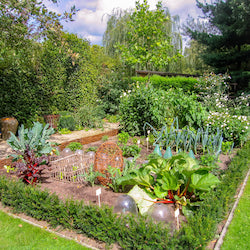
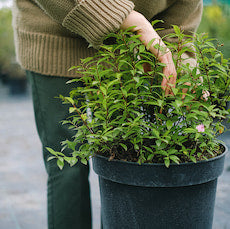
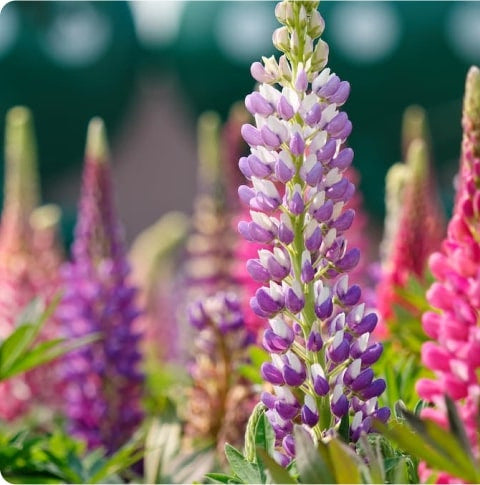








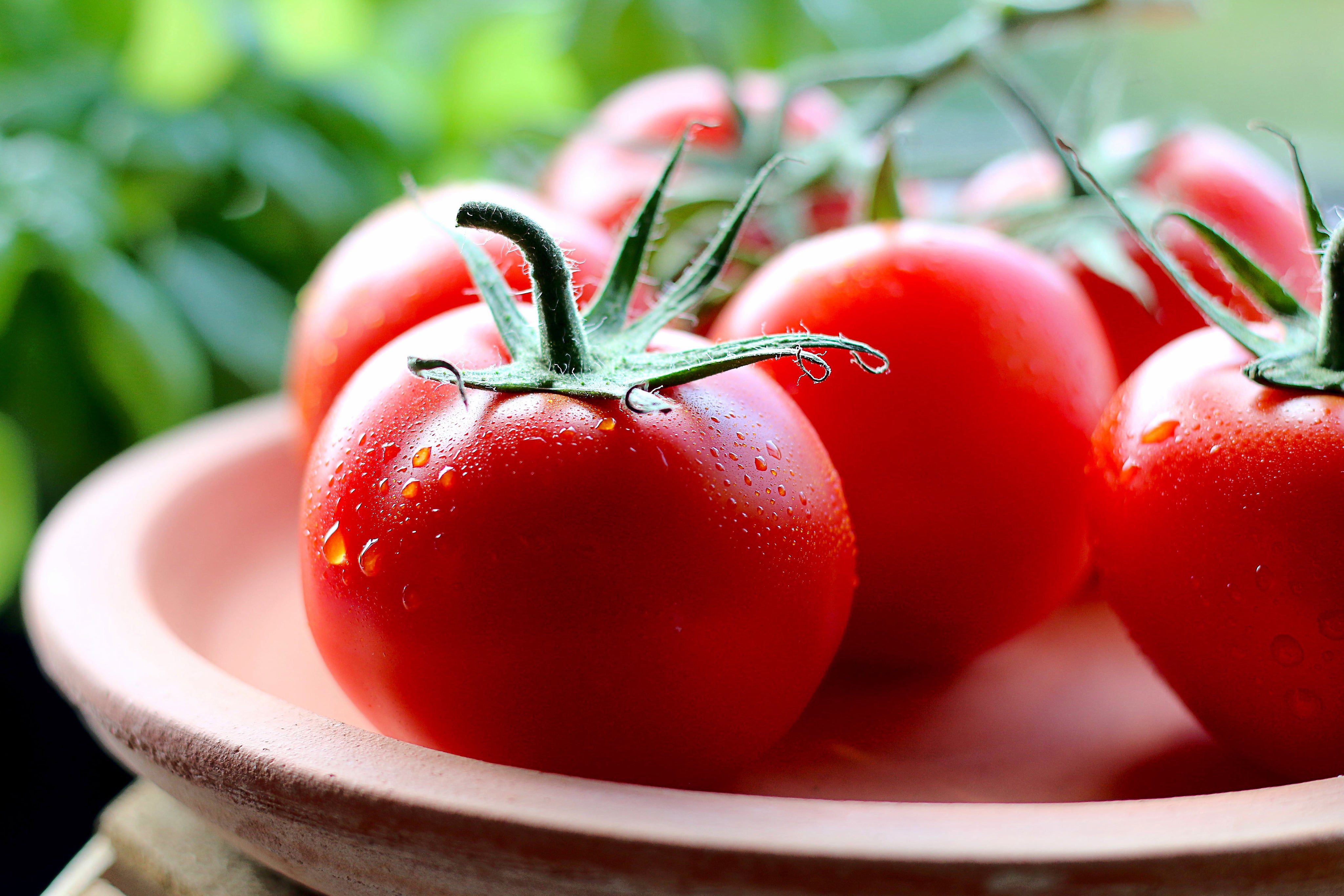

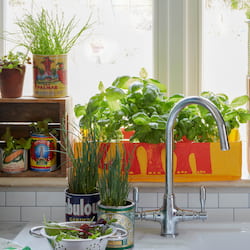
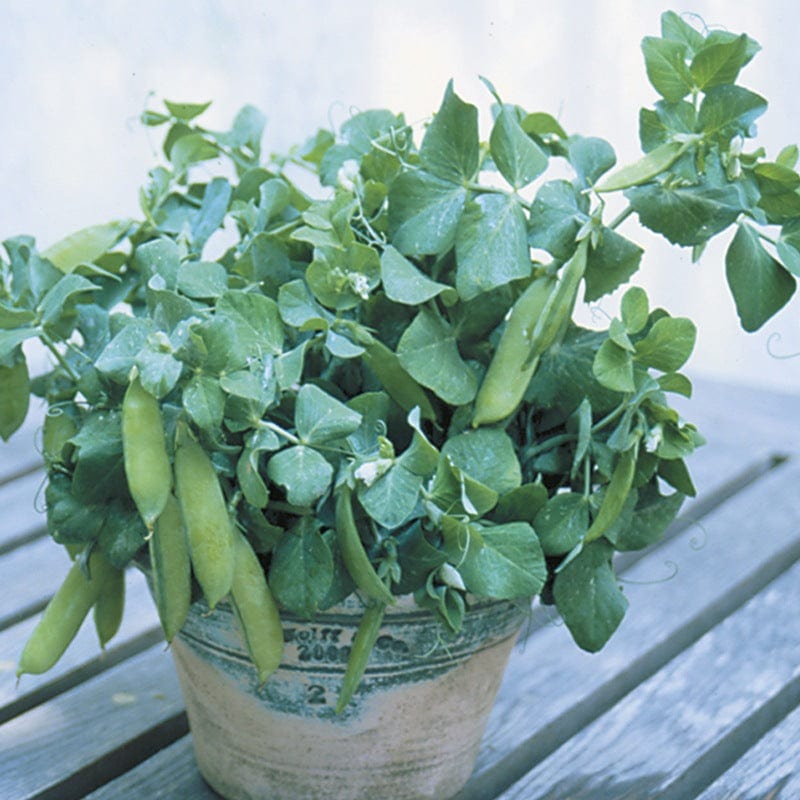






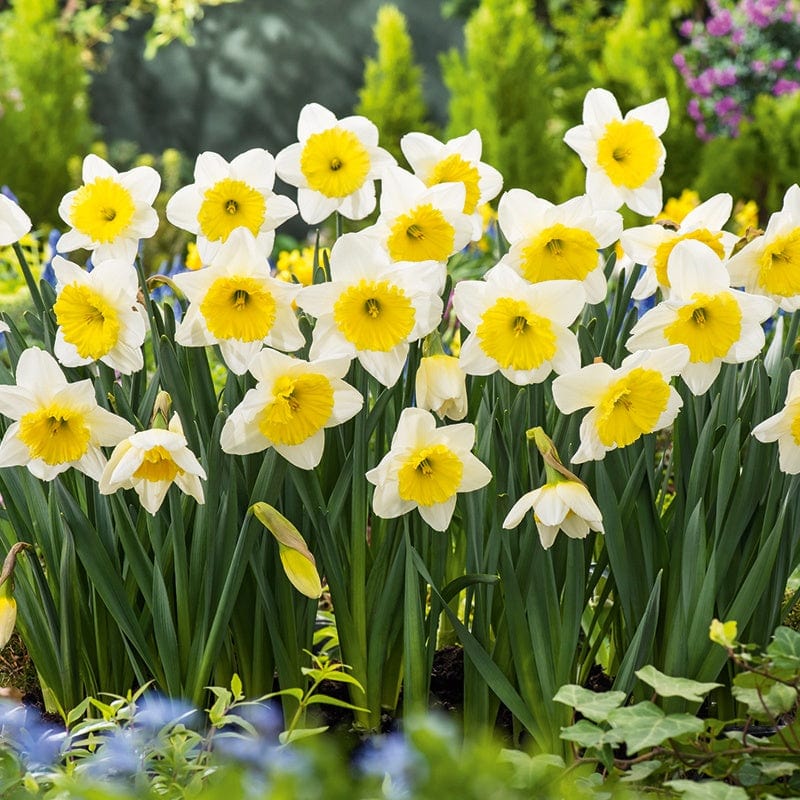
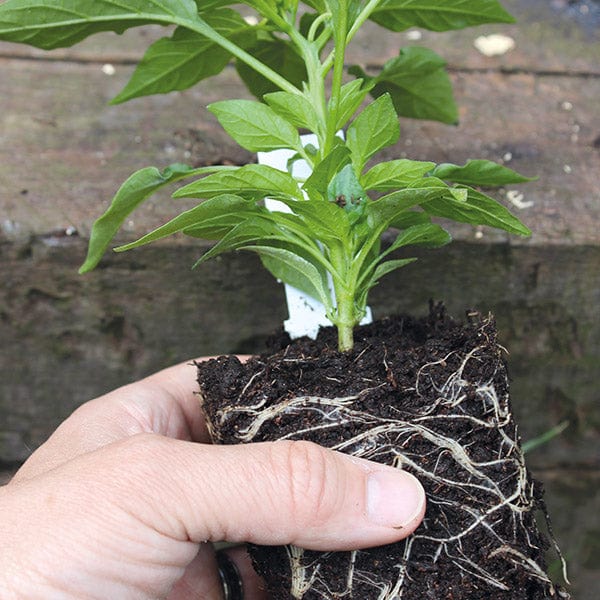

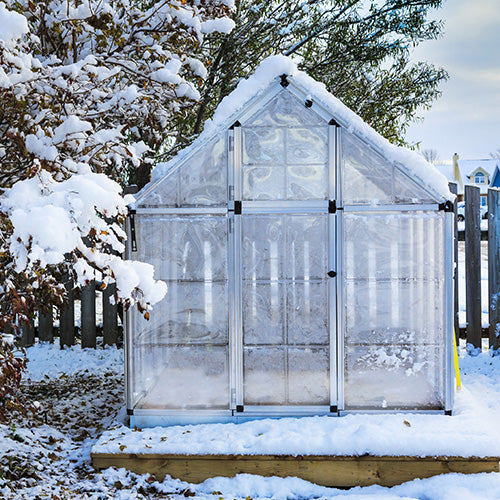
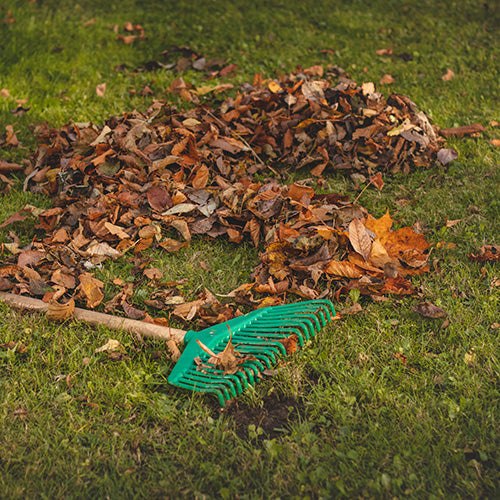

Leave a comment
All comments are moderated before being published.
This site is protected by reCAPTCHA and the Google Privacy Policy and Terms of Service apply.